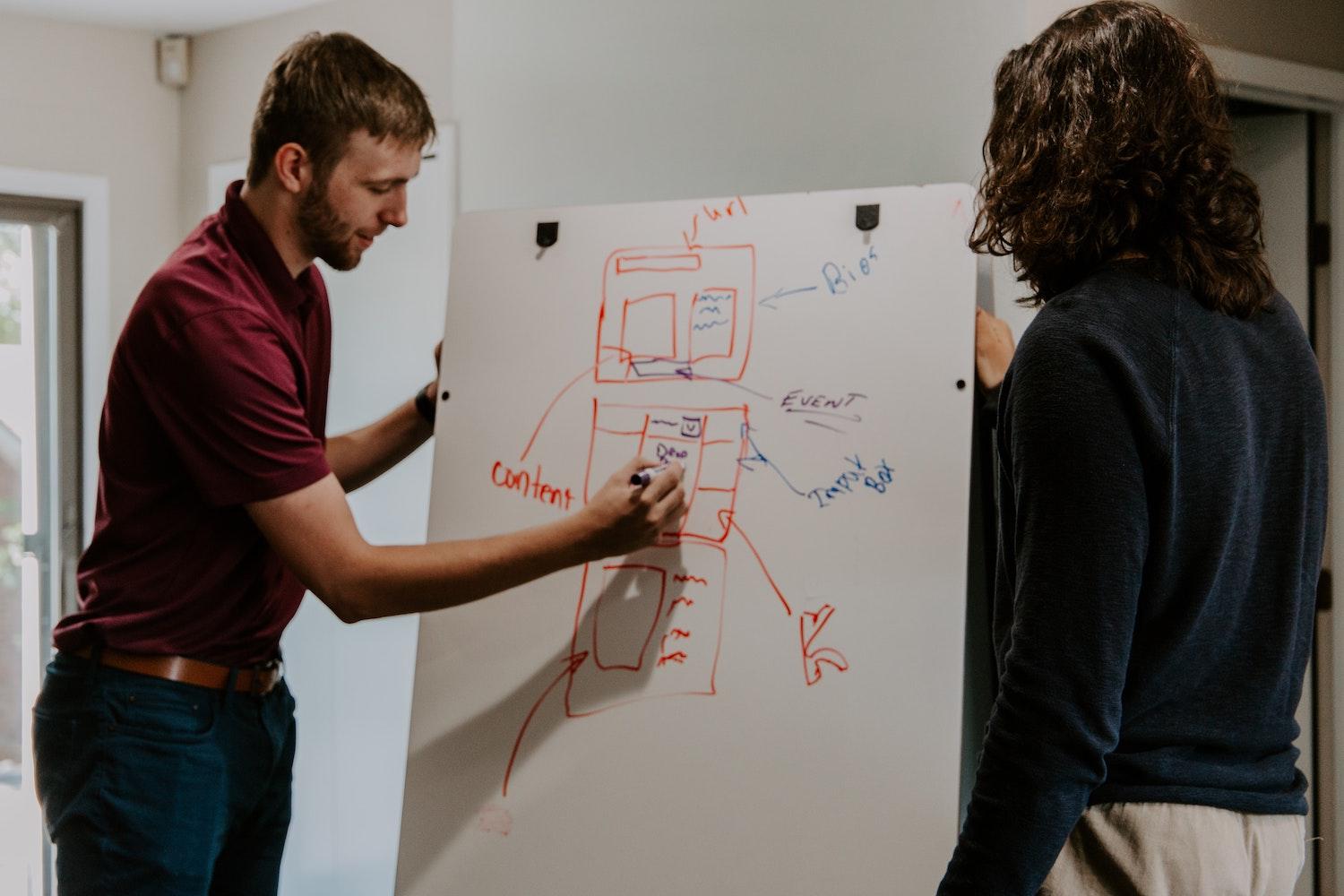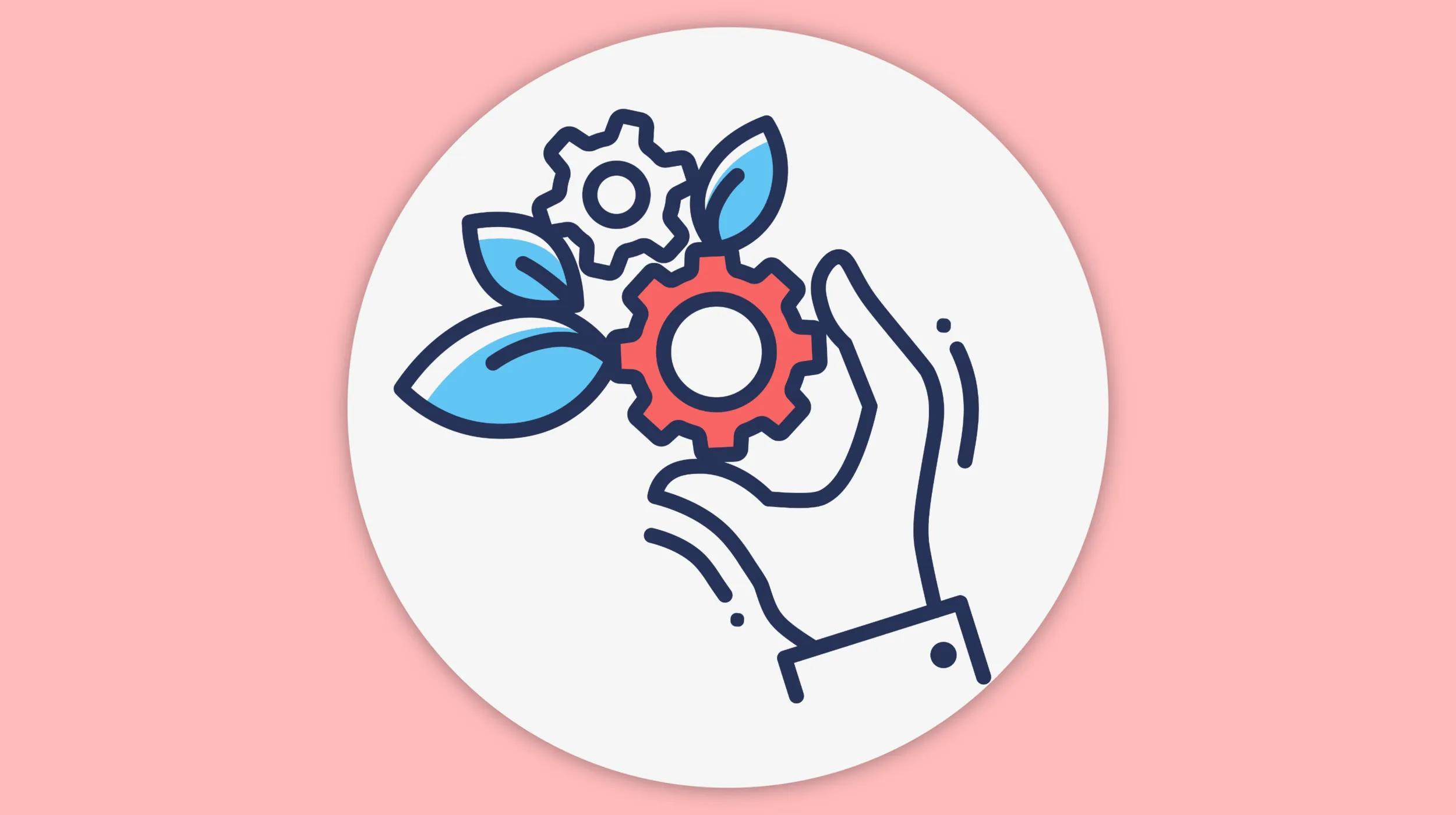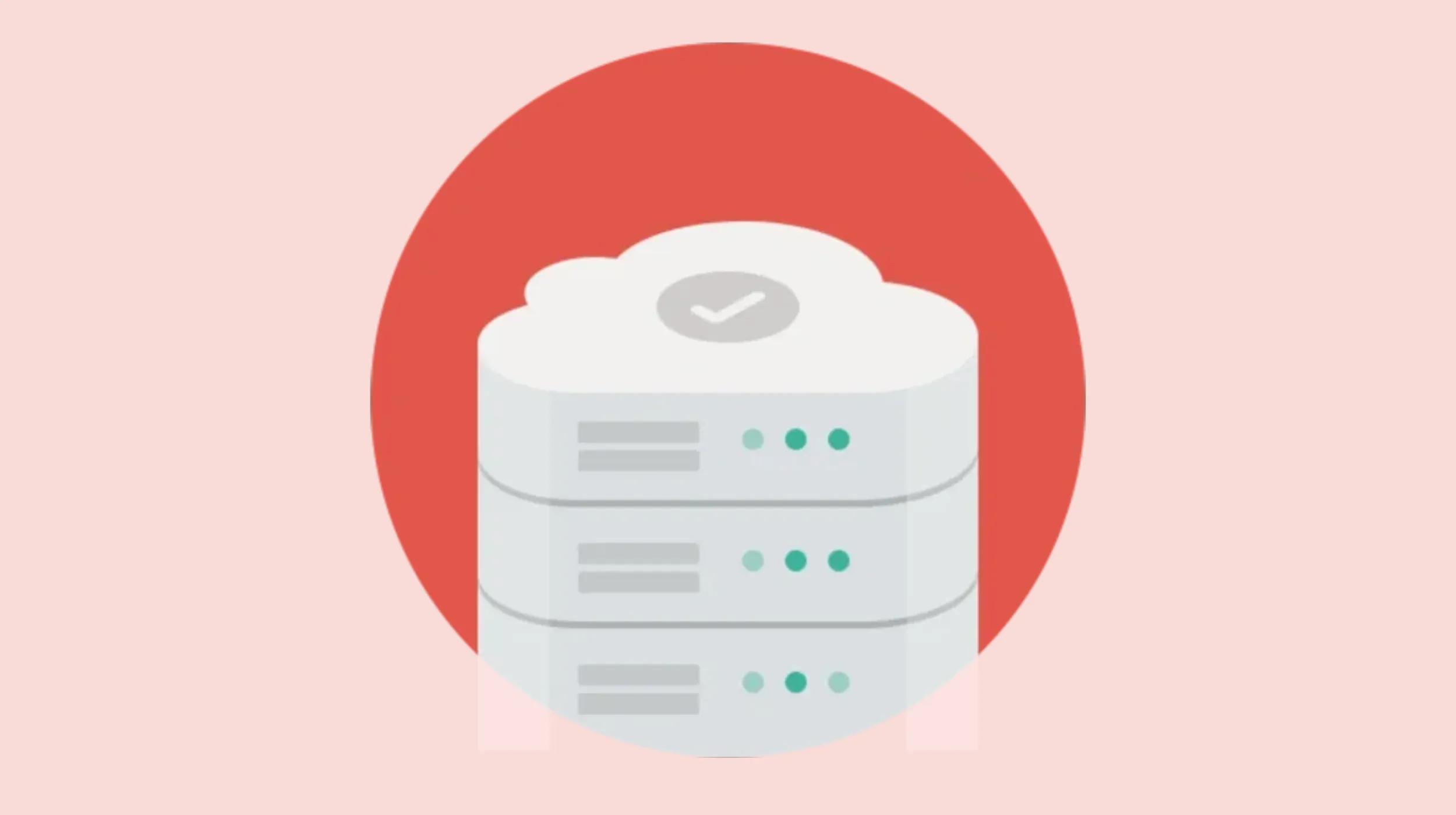Starting a new website project is exciting. But if you’re a freelance or agency business owner, you likely know that creating a new WordPress website from scratch is time-consuming. By learning how to clone a website and create a web stack or website blueprint, you can cut down that time considerably.
You don’t have to start from scratch every time you begin working with a new client or try a new plugin. You can speed up the process with a reusable website project — a website blueprint.
In this tutorial, we’ll discuss why you should create a web stack or website blueprint you can easily clone and what you need for website cloning.
Why you should create a starter website for cloning
As we mentioned above, a website blueprint will save you time in your web-building projects. It serves as a starter website that you can easily clone and reuse for each new website project you build for agency clients with all of your preferred plugins, themes, and settings that you typically use.
By having your plugins preinstalled and all of your settings configured, you can easily shave a few hours off your project and get it done faster.
You can clone your blueprint website and deploy a brand new pre-configured installation in a matter of minutes. Then all you have to do is focus on the design and adding the needed functionality.
And since you’ll be saving time during development, you can take on more clients, which increases your overall profit.
By spending a few hours now to get your website blueprint set up, you’ll save countless hours in the future, so it’s worth the effort to learn how to clone a website.
However, it is worth noting that any starter content you create must be customized for every website it’s used on.
Having duplicate content on your website results in strict SEO penalties from Google and other search engines, so you should avoid this at all costs. When in doubt, customize!
Website cloning
Do you know what you need to create a website blueprint? For starters, you have to decide where to save your web stacks and create a plan to organize your web stacks by use case. You’ll also need to make a list of default software, themes, and plugins for each project or web stack.
From there, you’ll be tasked with maintaining your project or web stack, and then finally, you’ll need to learn how to clone a website and use your project stack in real-life applications.
What you need to create a website blueprint
Now you know why it’s beneficial to set up a starter website so you can learn how to clone a website for each new project. Let’s take a look at what you’ll need to create a website blueprint.
Decide where to save your project or web stacks
You’ll first need to decide where you’ll save your agency project stacks. You have three options:
- Local drive: Easy to access but not easy to update.
- Local dev tool: Easy to access and update but requires cost and technical expertise.
- Staging site: Easiest to work with but requires a hosting account.
Since a staging site is the easiest to work with, we recommend choosing this option. Additionally, a staging site on a hosting account is the closest thing to the client’s live site.
With a staging site, you can properly install, develop, and test all of the features, functionality, and design as it would appear on a client’s live website.
Plan and organize your web stacks by use case
You should also consider whether you’ll need to create single or multiple website blueprints. For example, if you’re always working on simple business websites for your freelance or agency clients, creating a single blueprint should be fine.
However, if your projects vary from one client to the next — like working on ecommerce, membership, and elearning websites, it’s better to have multiple blueprints.
Keep in mind what CMS you prefer using for each use case and which plugins, extensions, and themes you want readily available.
Lastly, consider if there’s anything else you need to include in your project stacks. This can include:
- A readme.html file
- HTML verification files
- Links to your contact page
- Support section
- Client portal
- Anything else relevant
Make a list of default software, themes, and plugins for each project stack
You’ll also need a list of default software, themes, and plugins for each project stack. This list should include software you use regularly. You might also want to create additional lists for specific types of websites.
For your list, include names and links to the extensions and software you want to use.
We’ve provided some categories below that you can use as a starting point for your freelance client or agency project stacks. Keep them in mind when learning how to clone a website.
Example: Default website stack
For a default web stack, you’ll need design and layout tools (including a page builder or framework), a theme, and a child theme (if applicable).
You should also include relevant SEO, security, analytics, and privacy/GDPR tools or plugins alongside social media sharing tools and any other marketing tools or plugins you like.
The classic WordPress editor (if you aren’t using Gutenberg) is a must as well.
Example: eCommerce website stack
If you’re building an online store, your website stack will be a bit different than your default. In addition to a standard design and layout, builder, and theme, you also need a shopping cart and checkout system, payment processing, and a way to handle merchandise.
You should also have dedicated page templates or products, services, and shipping, as well as general store management and marketing tools.
Example: Membership project stack
When building a membership website, you need to have all the basics of a default website as well as a membership platform, a way to manage user roles, and content restriction capabilities.
Email sign-up or subscription integration, lead forms, and full eCommerce integration is generally recommended as well. And if you’re building an online course, a learning management system or LMS should be on the list, too.
Example: Image-heavy project stack
If you anticipate your website will have a lot of images, then you need to account for that in your project stack.
Ensure you equip your default website setup with gallery tools, robust caching, lazy loading, and image optimization for improved website speeds. You may also want to include sliders, thumbnail editors, and watermarking tools.
Once you’ve installed all of the necessary plugins, decide if you’re going to set them up now or if you’ll set them up individually after you’ve cloned your starter website.
It’s mostly a matter of personal preference but keep in mind that some plugins, like WooCommerce, may need to be set up again on a cloned site.
If you’re using any premium plugins, you could get a license mismatch after you proceed with learning how to clone a website. So, you might want to install but not activate and set up those plugins.
How to maintain your web stack
Once you’ve created your project stack, you’ll need to maintain it until you need to clone it. This includes keeping all software up to date to avoid vulnerabilities.
The last thing you want to do is clone a project stack with malware or outdated software and waste time cleaning it up.
Periodically review your project stack lists and add or remove anything necessary. For example, your favorite plugin might stop working or is no longer maintained. In that case, you’ll need to find a suitable replacement.
You might discover new plugins or extensions that should be added to your project stack to make your workflow even more efficient.
Make this task a regular part of your routine, and you’ll have a robust and up-to-date project stack that you can easily clone for each new project for every client you acquire.
Final thoughts: How-to guide for creating a web stack or website blueprint
Creating a blueprint website doesn’t have to be complicated. Before you embark on creating a project stack, you’ll need to:
- Decide where you’ll save your project stacks
- Plan and organize your project stacks by use case
- Make a list of your preferred software and plugins that you use on every website
Once you’ve made a plan, you can then follow the steps to create your reusable project stacks.
And with our tips on how to clone a website, it’s easy to get started with your website blueprint.
For the opportunity to put your plan into action, check out all that GoDaddy Pro has to offer.
More time = happier clients
When you use the Hub by GoDaddy Pro, suddenly there’s more time in your day to focus on what matters most. Forget about juggling admin tasks. Reclaim your time and use it to make clients feel like the center of your universe.
Last but not least, check out our solution to create a free website in no time.






